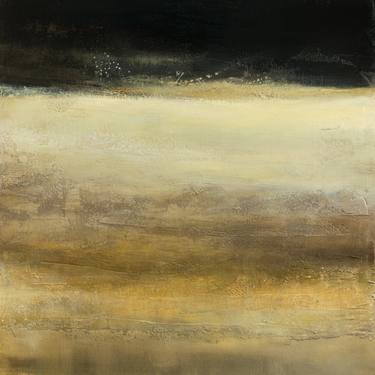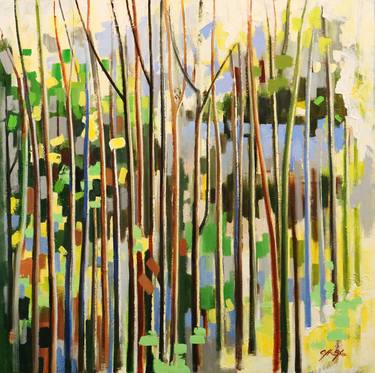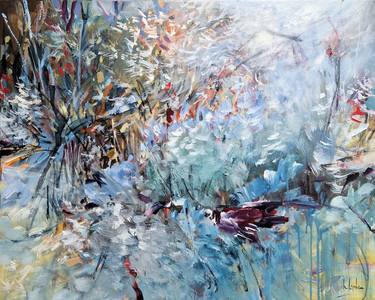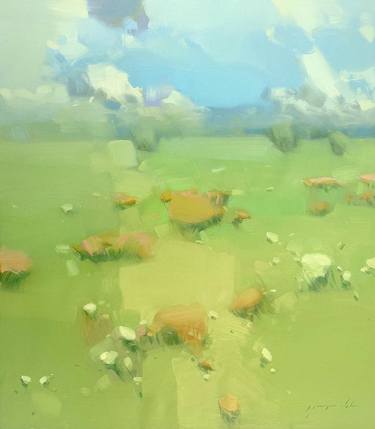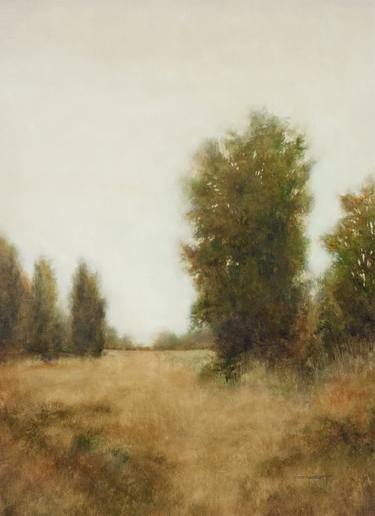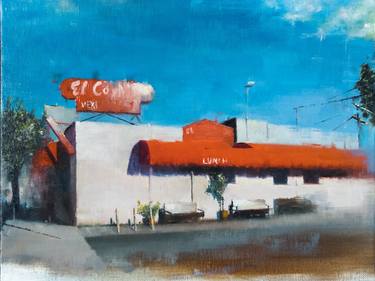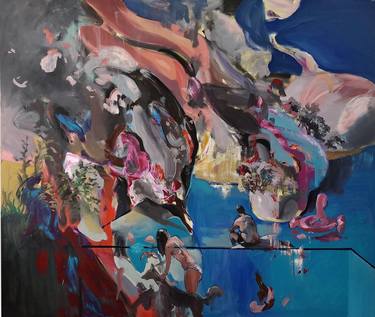- All Artworks
- Paintings
- Landscape
Landscape Paintings For Sale
Browse art and see similar matches
Try Visual Search
Category
Filter (1)
Filter
Category
Style
Subject
Medium
Material
Price
Size
Orientation
Color
Artist Country
Featured Artist
Paintings, 12.2 W x 9.1 H x 0.1 D in
Poland
$650
Prints from $85
Paintings, 19.7 W x 15.7 H x 0.6 D in
$1,540
Prints from $50
Paintings, 48 W x 48 H x 1.5 D in
Canada
$4,610
Prints from $52
Paintings, 12.2 W x 9.1 H x 0.1 D in
Poland
$650
Prints from $85
Paintings, 11 W x 8.3 H x 0.1 D in
Poland
$490
Prints from $75
Typical village in my countryside
Paintings, 31.5 W x 31.5 H x 0.8 D in
Belgium
$2,230
Prints from $40
Paintings, 27.6 W x 27.6 H x 0.8 D in
Belgium
$1,600
Prints from $40
Paintings, 19.7 W x 15.7 H x 0.8 D in
Belgium
$840
Prints from $40
Paintings, 24 W x 30 H x 2 D in
United States
$2,940
Prints from $100
Paintings, 24 W x 24 H x 2 D in
United States
$1,430
Prints from $64
Paintings, 36 W x 36 H x 1.5 D in
United States
$4,460
Prints from $100
Paintings, 16.1 W x 10.6 H x 1.1 D in
France
$1,200
Prints from $55
In the middel of the afternoon
Paintings, 27.6 W x 27.6 H x 0.8 D in
Netherlands
$1,830
Prints from $82
Joshua Tree snow, seen through rose tinted glasses
Paintings, 16 W x 20 H x 1 D in
United States
$1,480
Prints from $40
Paintings, 56 W x 32 H x 1 D in
United States
$6,840
Prints from $40
Paintings, 21 W x 14 H x 1 D in
United States
$625
Prints from $40
Paintings, 59.1 W x 39.4 H x 1.2 D in
France
$3,990
Prints from $49
Paintings, 39.4 W x 19.7 H x 0.8 D in
Belgium
$1,910
Paintings, 59.1 W x 39.4 H x 0.8 D in
Ukraine
$1,540
Prints from $70
Paintings, 27.6 W x 23.6 H x 0.8 D in
Belgium
$1,590
Prints from $40
Paintings, 37.4 W x 19.7 H x 0.8 D in
Netherlands
$2,000
Prints from $50
Paintings, 35.4 W x 35.4 H x 0.8 D in
Netherlands
$1,820
Prints from $60
Good Old Days #6 - Extra large original landscape
Paintings, 60.6 W x 43.3 H x 0.1 D in
Hungary
$3,060
Prints from $80
Paintings, 8.3 W x 5.9 H x 0.1 D in
South Africa
$190
Kamsar Ohanyan/Red house (25x26cm, oil painting, impressionistic, ready to hang)
Paintings, 9.8 W x 10.2 H x 0.8 D in
Armenia
$540
Paintings, 39.4 W x 31.5 H x 0.8 D in
Germany
$2,720
Paintings, 35 W x 40 H x 1 D in
United States
$5,770
Prints from $40
Paintings, 31.5 W x 31.5 H x 0.8 D in
Poland
$2,560
Prints from $43
Paintings, 36 W x 48 H x 1 D in
United States
$3,490
Paintings, 31.5 W x 39.8 H x 1.2 D in
France
$3,270
Paintings, 24 W x 20.5 H x 0.8 D in
United States
$1,240
Prints from $40
Paintings, 27.6 W x 19.7 H x 0.8 D in
Poland
$1,190
Prints from $40
Paintings, 39.4 W x 39.4 H x 0.8 D in
Netherlands
$2,500
Paintings, 29.5 W x 37.4 H x 0.1 D in
Ukraine
$1,250
Paintings, 47.2 W x 31.5 H x 0.1 D in
Italy
$3,220
Paintings, 23.6 W x 35.4 H x 0.8 D in
Sweden
$1,990
"After the night" / Painting on Canvas
Paintings, 55 W x 70.8 H x 2 D in
Italy
$9,180
Paintings, 43.3 W x 31.5 H x 0.8 D in
Poland
$1,068
Paintings, 12 W x 9 H x 0.2 D in
United States
$550
Paintings, 15 W x 22.4 H x 0.1 D in
Israel
$700
Prints from $100
Paintings, 37.4 W x 37.4 H x 0.1 D in
Ukraine
$1,505
April 14, morning mists on the Loire valley
Paintings, 31.5 W x 31.5 H x 0.8 D in
France
$1,980
Prints from $40
Paintings, 45.7 W x 37 H x 1.2 D in
United Kingdom
$12,370
Paintings, 15.7 W x 19.7 H x 2 D in
Israel
$1,180
Paintings, 39.4 W x 31.5 H x 0.8 D in
Belgium
$1,460
Prints from $40
Paintings, 54 W x 68 H x 2 D in
United States
$10,540
Paintings, 78.7 W x 66.9 H x 1.6 D in
Romania
$10,600
Paintings, 39.4 W x 29.9 H x 1.1 D in
Vietnam
$720
Prints from $40
Paintings, 40 W x 40 H x 2 D in
United Kingdom
$2,270
Prints from $100






